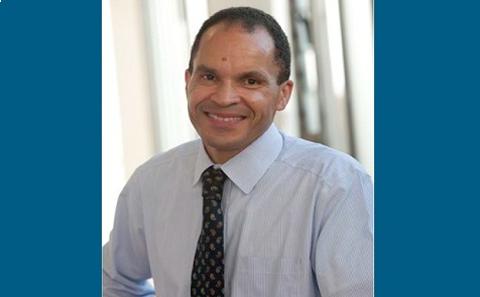
Professor Richard Oreffo
Richard Oreffo holds the chair of Musculoskeletal Science and is co-founder and Director of the Centre for Human Development, Stem Cells and Regeneration.
Pioneering research by the Bone and Joint Research Group at the University of Southampton has led to the use of skeletal stem cells and novel biomaterial scaffolds in the treatment of bone damage and disease. This has benefited a hard-to-treat patient cohort, generated economic impact and inspired far-reaching public engagement activities.
As the world’s population ages, the rates of bone and joint illness and injury rise. In the UK, one in two women and one in five men will suffer a fracture after the age of 50, costing the NHS billions of pounds each year.
Hip replacements are one of the most common joint replacement procedures. However, many of those surgeries need corrections: in 2018 there were more than 100,000 hip replacements in the UK, with 8% of them needing revisions.
New treatments that enable the skeleton to heal better are needed to meet this escalating demand and save costs.
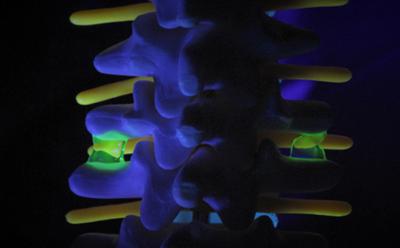
The Bone and Joint Research Group has demonstrated the efficacy of using patients’ own bone stem cells together with innovative biocompatible scaffolds to transform approaches to orthopaedic treatment.
Starting in 2002, Professor Richard Oreffo demonstrated that a patient’s own stem cells had a large capacity to form bone in vitro. He was able to isolate human skeletal stem cells and optimise their expansion and characterisation by identifying the physical conditions necessary to optimise their growth.
Together with Professor Douglas Dunlop, Professor Oreffo demonstrated the survival and applicability of using a patient’s own cells in bone impaction grafting in in vivo models and in human patients. To facilitate large bone repair defects, they combined stem cells and bone graft with 3D printed scaffold templates.
In parallel with this work, Dr Jonathan Dawson and Professor Oreffo developed novel nanoclay gels as a biomaterial for bone repair. This formed the basis of University of Southampton spinout company Renovos Biologics Limited in 2017.
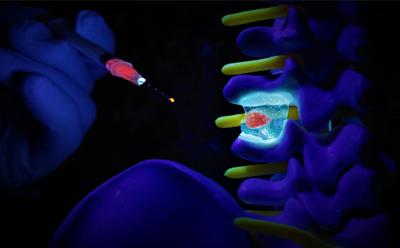
The research led to the first patient in the UK being treated with a stem cell-augmented 3D-printed hip replacement in 2014.
After being in a traffic accident in 1977, the patient had undergone six hip operations, which had not allowed her hip to recover, leading to a poor quality of life. At time of writing, seven years after the surgery, the patient remains pain-free and mobile.
Subsequently, 20 patients have been treated in Southampton using this technique, some of whom contacted the team directly after reading the wide press coverage of the first procedure.
A review of all 20 patients in 2020 showed no one needed to have their implant replaced, or had suffered any dislocations or fractures.
In 2017, Professor Oreffo and Dr Dawson co-founded spinout Renovos Biologics Limited, a regenerative medicine company.
Renovos is pioneering its nanoclay gel technology platform Renovite®, which addresses an unmet clinical need for long-term tissue regeneration for patients with debilitating bone and joint conditions. It acts as an injectable scaffold that attracts cells and localises delivered biologics at safe, ultra-low doses.
Between 2017 and 2020, Renovos raised £870,000 from public and private sector funding, and created 3.5 full-time equivalent employment roles.
The research on stem cell differentiation to bone has led to the conception and creation of a large exhibit to communicate stem cell potential and differentiation.
The ‘Stem Cell Mountain’ was designed by Dr Dawson and Dr Ben Ward, CEO at the Winchester Science Centre (WSC), in the University’s first formal collaborative partnership with WSC in 2014.
Between 2015 and 2018 the exhibit reached over 130,000 school children and 450,000 members of the public. Additionally, it has been taken to 30 festivals including Glastonbury, Cheltenham Science Festival and Countryfile Live.

Richard Oreffo holds the chair of Musculoskeletal Science and is co-founder and Director of the Centre for Human Development, Stem Cells and Regeneration.
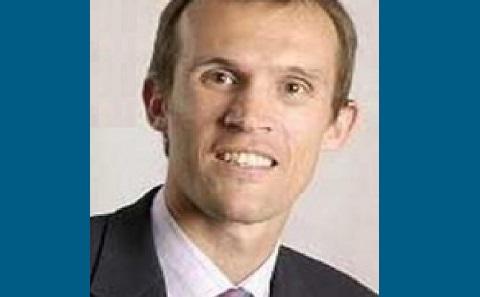
Douglas Dunlop is a Consultant Orthopaedic Surgeon with a special interest in hip surgery.
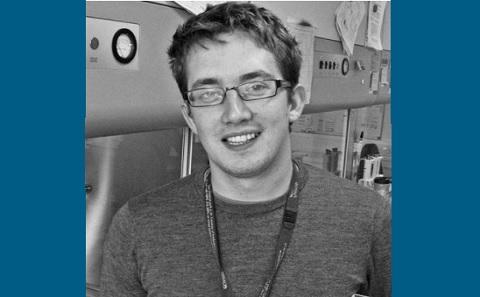
Dr Jonathan Dawson is EPSRC Research Fellow within Medicine at the University of Southampton.

Dr Nicholas Evans is Associate Professor in Bioengineering
Media coverage of first 3d-printed hip replacement:
| Staff Member | Primary Position |
|---|---|
| Richard O C Oreffo | Professor of Musculoskeletal Science, Director of Centre for Human Development, Stem Cells and Regeneration |
| Jonathan Dawson | EPSRC Research Fellow |
| Nicholas Evans | Associate Professor in Bioengineering |